
Antarctica: Setting Foot on Our Seventh Continent
Exploring the Antarctic territory is a challenge only a handful of souls ever face. It’s an inhospitable place with ever-changing and relentless weather conditions.
By Camila Rikli
Photos: Tere Pérez
@forasterastravel
The Welcome
From the moment we took our first steps on this southern land, we realized this trip would be different. The symphony that reached our ears, made up of crunching ice and singing birds, combined with the sight of large icebergs floating peacefully in the cold waters of the Antarctic Ocean to make us aware of the magnitude and beauty of this adventure. Our senses were overwhelmed right from the start. We could hardly believe our eyes as we took in the vastness of the landscape. Our ears were lulled by the hypnotic sound of waves crashing against ice masses, and we felt Antarctica gradually seeping into every pore. At the end of our journey, the place was forever etched into our skin.
We could never confidently say what it was that drew us to this wild land, but we were certain that it would be a once-in-a-lifetime adventure. After meticulously planning every detail for three years, we embarked on our expedition. And when we finally arrived here, on the last untouched corner of our planet, we realized this was a place where humans have no choice but to bow to the majesty of the ice, which reigns as the true sovereign.
The shades of white and blue are expressed intensely and the wind roars mightily, breaking the silence and filling the atmosphere with echoes. Life teems in the waters. The piercing cold wrapped us in its cool, salty breeze, accompanied by the promise of new experiences. Ice mountains rose like guardians, and dozens of Adelie, Gentoo, and Chinstrap penguins greeted us, emerging from the water with charming clumsiness. We watched in awe as they slid across the ice, defying gravity with natural elegance.

Life in This Cold Corner
Life on Antarctica is scarce on land, with just a few species of plants, mosses, and lichen adapted to the harsh climate. However, its waters are filled with a diversity of species that can survive extreme conditions, forming part of a delicate and balanced ecosystem.
Whales dominate the waters, making powerful appearances from the depths. Their massive bodies glided over the waves, and each breath served as a reminder of the magnificence of marine life.
The word “Antarctica” comes from the Greek Antarktikos,meaning “opposite the Arctic.” This southernmost continent is characterized by its cold, dry, and windy climate. Exploring the Antarctic territory remains a challenge that only a handful of souls have faced. It is an inhospitable place with ever-changing and relentless weather conditions; winds can reach speeds of up to 100 km/h and inland temperatures drop to -30 ºC, or even -70 ºC, during winter.
Traveling to Antarctica means exploring a territory mostly covered in ice, spanning fourteen million km².It represents our planet’s largest reserve of fresh water, stored as ice. To protect it, there is the Antarctic Treaty, in which twelve countries committed to caring for this seventh continent.

Adventurers of Past and Present
Throughout history, brave explorers have ventured out to explore these lands, facing extreme conditions and paving routes that we must humbly appreciate today. In 1911, Norwegian Roald Amundsen and Englishman Robert Falcon Scott were the first to reach the South Pole. There was also Ernest Shackleton, whose expedition aboard the Endurance became trapped in ice; the crew survived two years before being rescued. Each of these stories inspired future generations to face the challenges Antarctica presents.
Today, those who wish to visit must do so with one of the companies promoting responsible tourism in this region. The Magellan Explorer, from the company Antarctica21, became our home during our trip. Aboard this sleek, modern ship we received guidance on interacting respectfully with our environment, minimizing our impact on wildlife, and preserving the landscape’s purity.
The Antarctica21’s expert guides, experienced in various fields such as marine biology, glaciology, and photography, provided us with a unique experience through onboard educational programs. Once our journey was over, we became genuine Antarctic ambassadors, capable of promoting the preservation of this territory.

The Journey
Our adventure began with a flight from Punta Arenas (Chile) to the Antarctic continent. We always knew we would have to remain open-minded about our itinerary, as it would depend on the weather. The katabatic winds, so common in Antarctica, took a break, giving way to sunshine and easing our navigation through calm polar waters.
We landed on the volcanic South Shetland Islands. We disembarked on King George Island, explored the Chilean research station Frei, and closely observed the penguin colonies that call these lands home.
From there, we journeyed further south until we reached the Antarctic Peninsula, the most accessible part of the seventh continent. It is filled with ice-covered mountains, glaciers, and a wealth of marine life. We visited iconic places like Paradise Bay, where the remnants of an old, abandoned whaling base caught our attention. As we explored its ruins, we imagined the harsh life of the whalers and the mark this activity has left on the Antarctic ecosystem. Today, the Brown Base, run by the Argentine government, operates with a mission to conduct scientific research.
In the Lemaire Channel, we marveled at the beauty of this narrow strip of water surrounded by mountains and glaciers. This passage is also known as the “Kodak Gap” because it is one of the most picturesque sites in Antarctica. The serene presence of icebergs, sculpted by the relentless forces of time and weather, reflected the sunlight, creating brilliant flashes and lending the landscape a surreal glow.
Our journey also included visits to Deception Island and Brown Bluff, one of the world’s largest volcanic calderas, which transported us to a Jurassic world. Its rock walls and stony grounds are home to thousands of penguins that coexist in chaotic harmony. We will be forever grateful that we were able to witness their struggle for survival and the way they care for their chicks.
Time became relative throughout our journey, as sunlight accompanied us 24 hours a day. We explored glaciers, walked on pristine land, allowed ourselves to get lost in the vastness of the ocean, and even dared to take the mythical polar plunge, testing our physical and mental capabilities as we dived into the icy polar waters.


Everything Comes to an End
Our journey was drawing to a close, but the experiences and memories will forever be etched deep within us. We leave Antarctica carrying a legacy of awe and admiration, along with the responsibility to protect this natural treasure for future generations.
We returned home with hearts full of gratitude and a desire to share our journey with those who dream of exploring the unknown. Antarctica is a place that must be personally experienced to be truly understood.
Our connection to nature was so deep and transformative that we know we’re not the same people we were before. As we said our goodbyes, a mixture of gratitude and awareness stayed with us. Being on this continent reminded us of how privileged we are and the important task we have as Forasteras to share our story with the world.

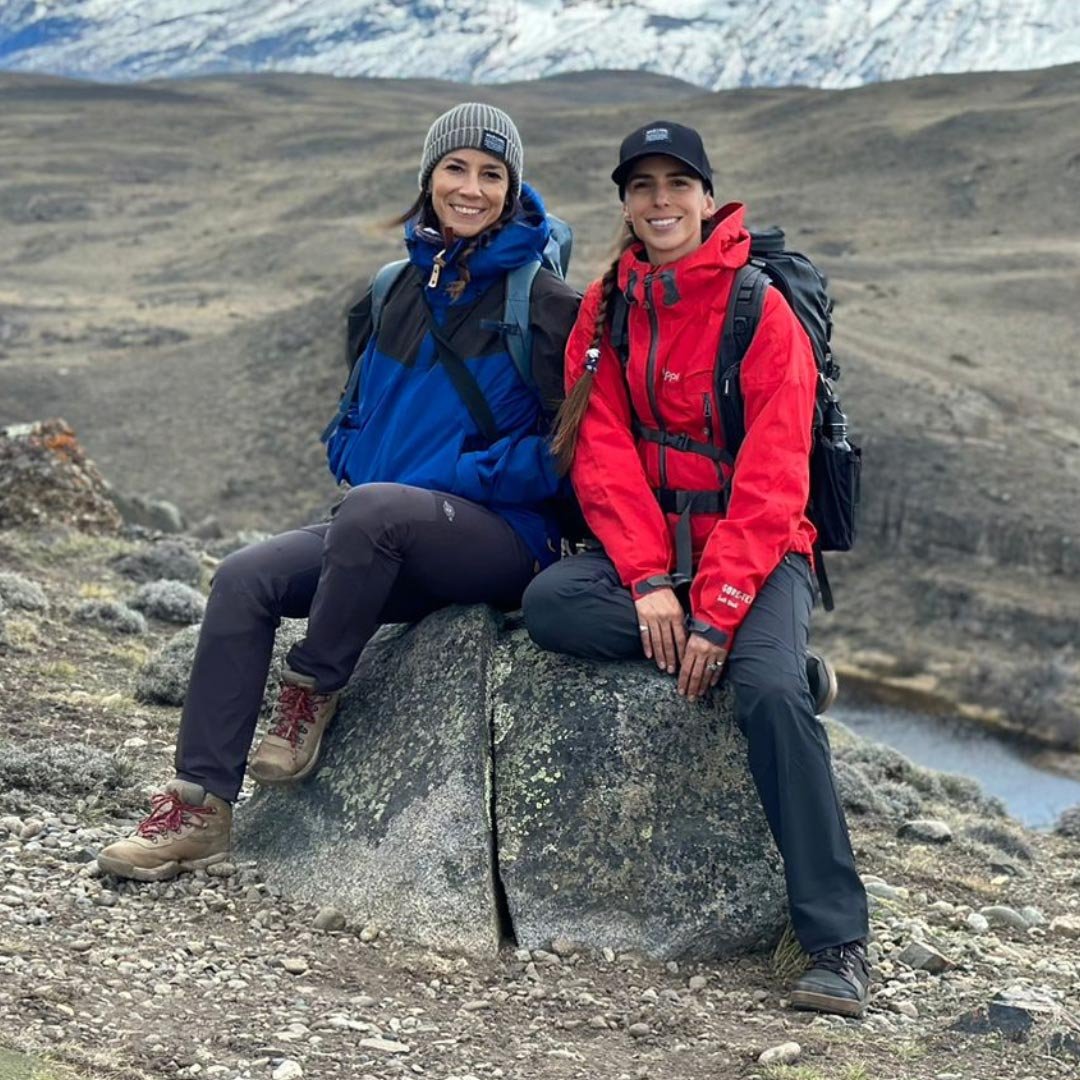
Forasteras
Travel writer and photographer
Tere Pérez and Camila Rikli, creators of Forasteras, a travel writing and photography agency focused on discovering local cultures and supporting responsible tourism.
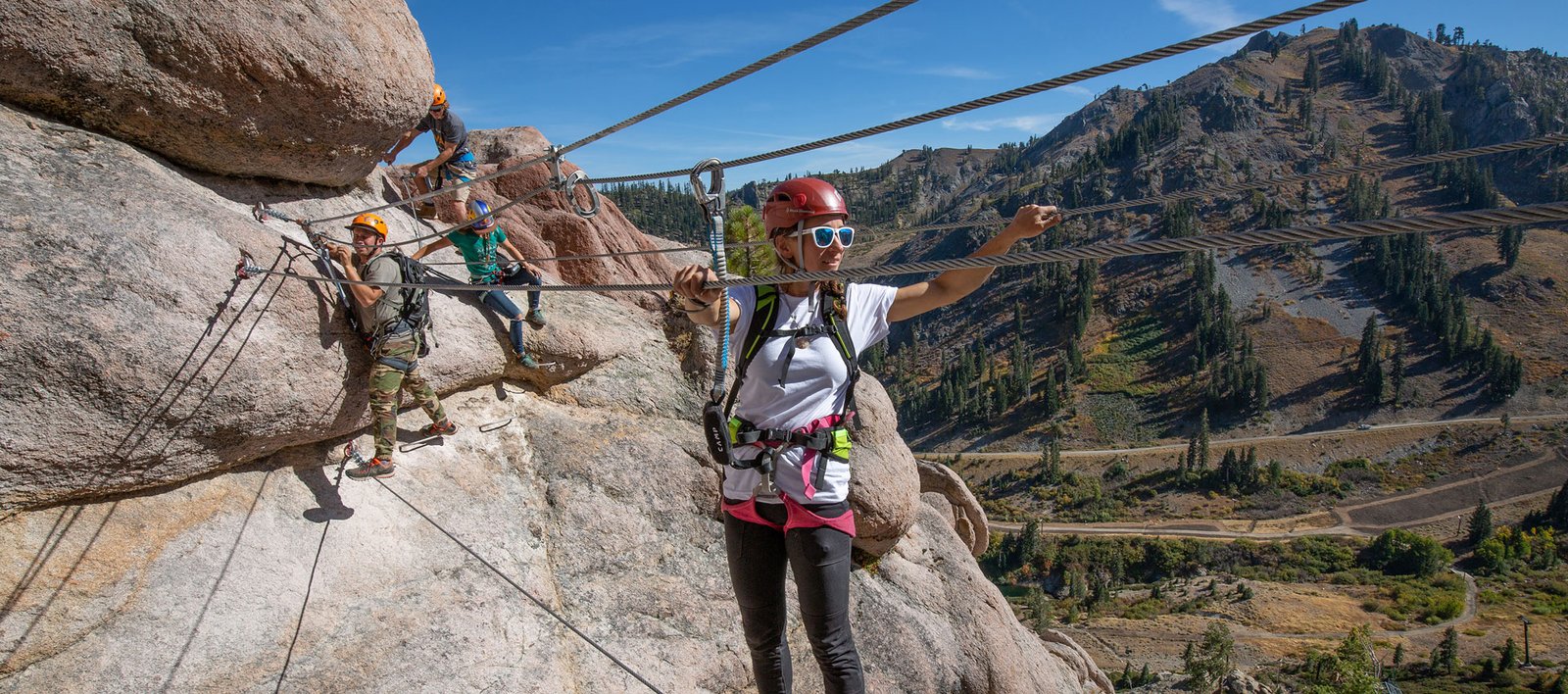
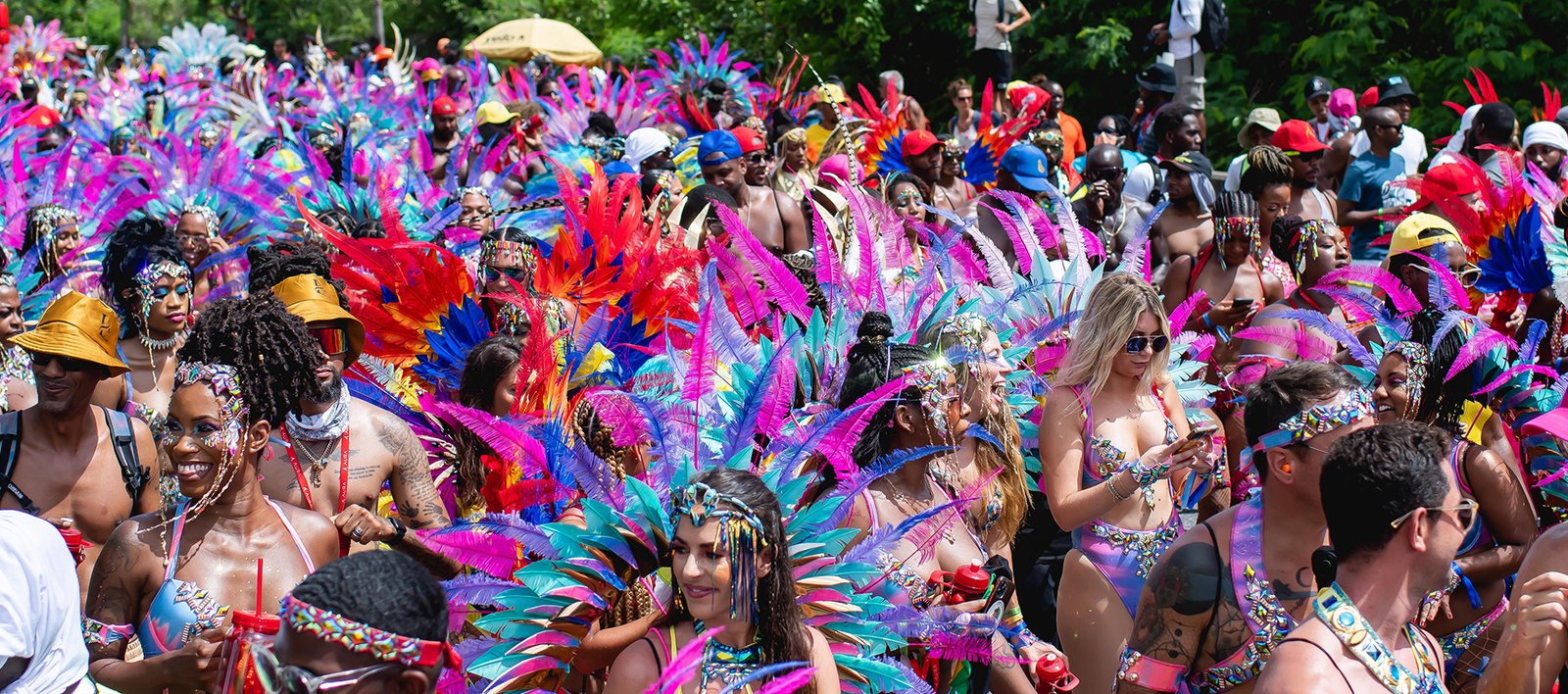
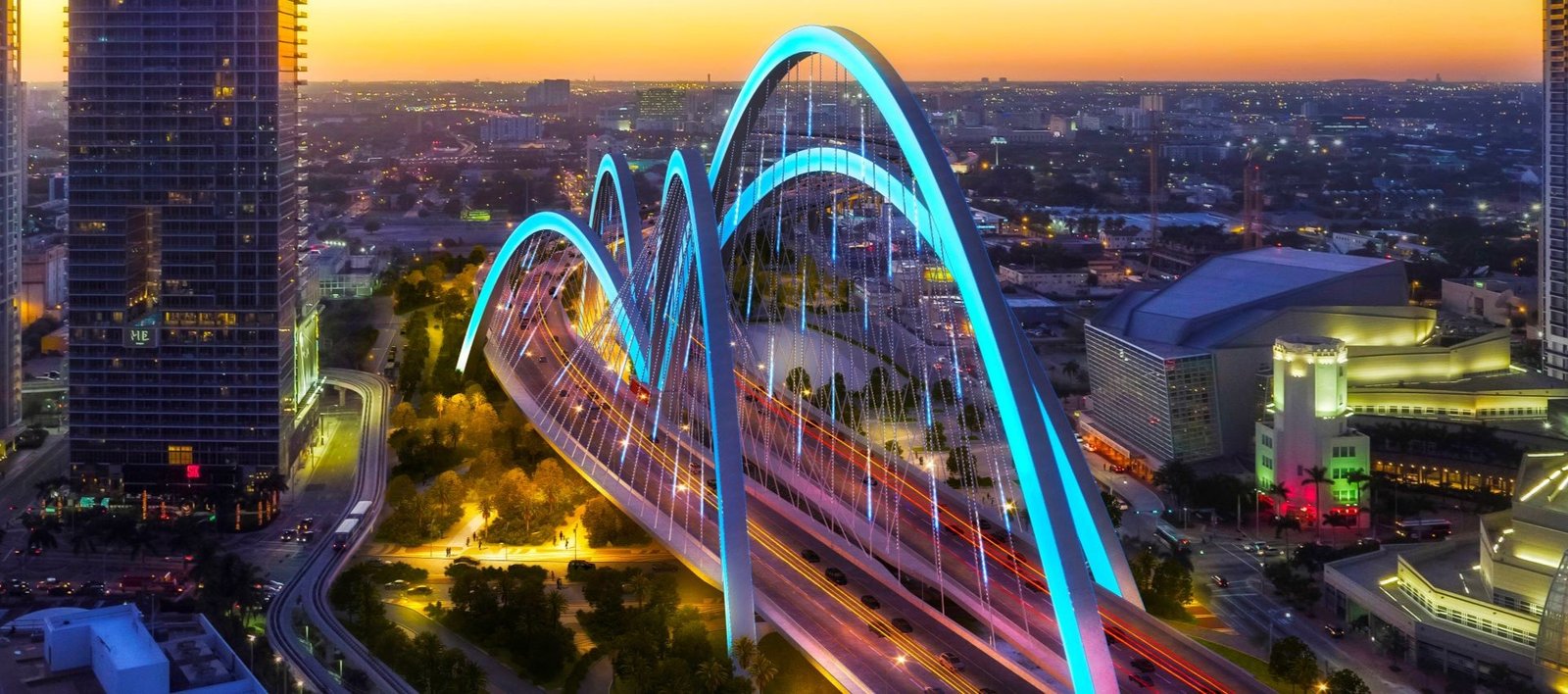
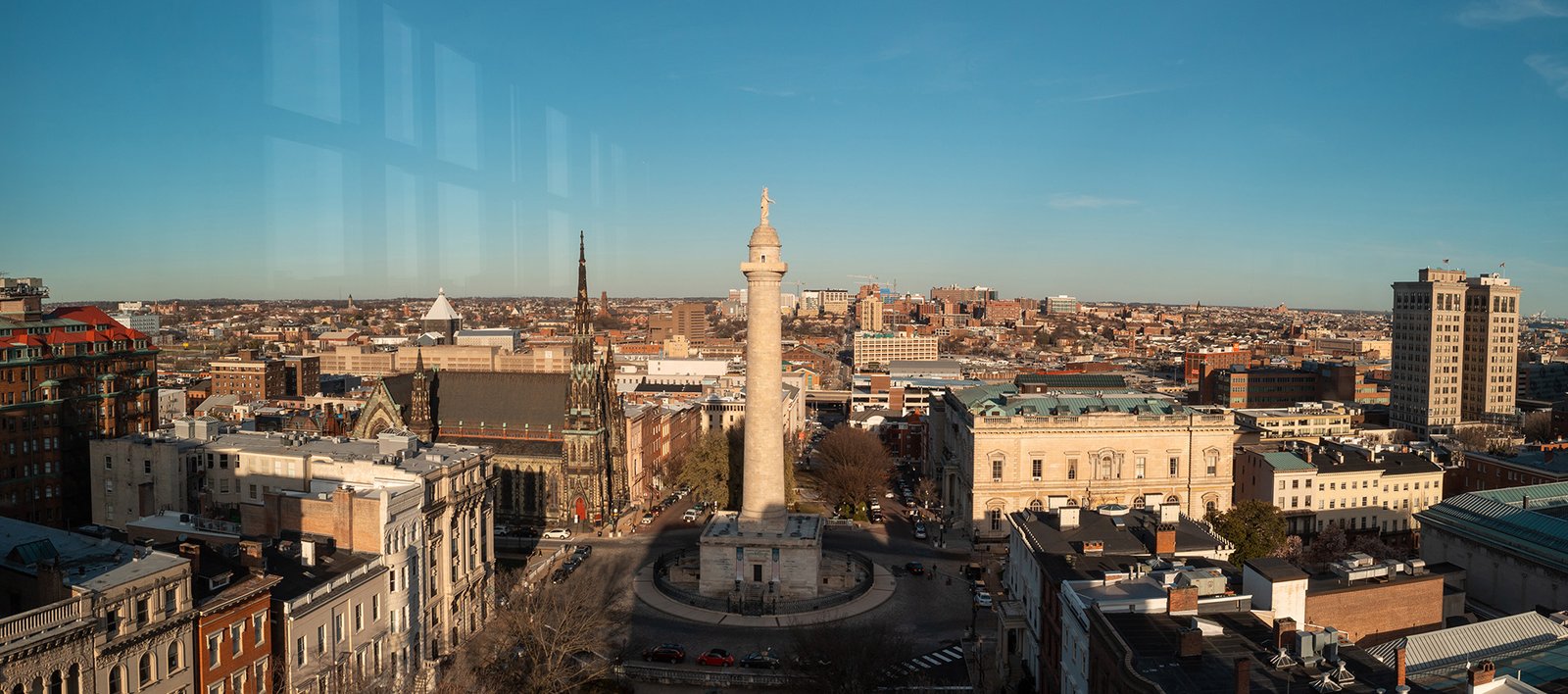
Leave a Reply